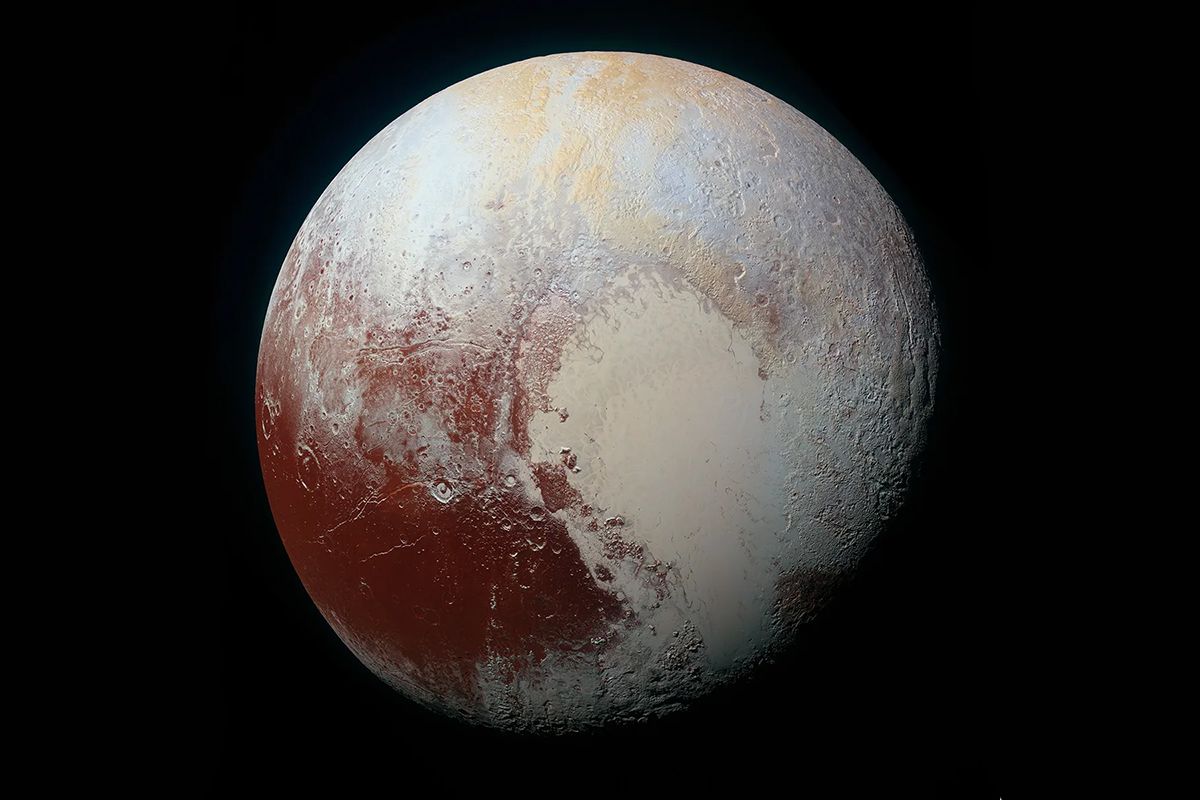In late October 1975, a heavily shielded spacecraft, the Soviet Union’s Venera 9, parachuted into the atmosphere of Venus.
Then, having landed, it did something extraordinary: it beamed back the first images ever captured from the surface of another planet.
The pictures of its baking hot terrain marked a huge leap forward in our understanding of our nearest planetary neighbour.
But it was just one of many missions to revolutionise Solar System science.
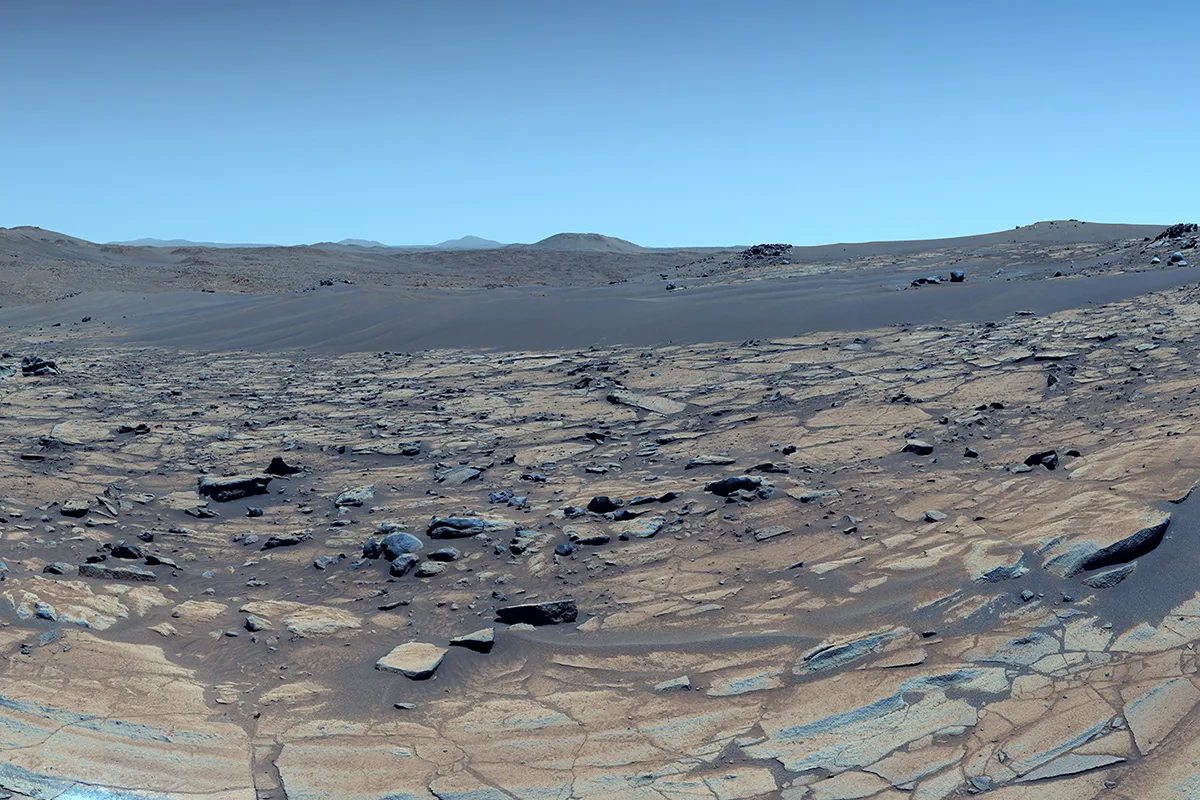
Space probes have now returned close-ups of all the major planets, countless moons and many smaller objects.
Some made fly-bys, while others stayed in orbit to conduct detailed surveys. Several landed. Some even drove across the alien surface.
Here we recall some of those first encounters, the ingenious science and engineering they required, and the extraordinary images that reshaped our view of our corner of the cosmos.
Venera 9 on Venus: 53 minutes in hell

Venera 9 was the sixth spacecraft to brave Venus’s thick, corrosive atmosphere, and built on lessons from earlier missions to survive the punishing descent and extend its survival on the hostile surface.
Electronic video cameras were mounted on either side of the lander, but a jammed lens cap meant that only one was able to return images.
Angled slightly downwards to capture views stretching from foreground to horizon, the working camera used a pivoting mirror system to slowly ‘look around’, building a wide-angle panoramic video image.
In its 53 minutes of operation before contact was lost, it scanned 174° from left to right, and got two-thirds of the way through a reverse pass.
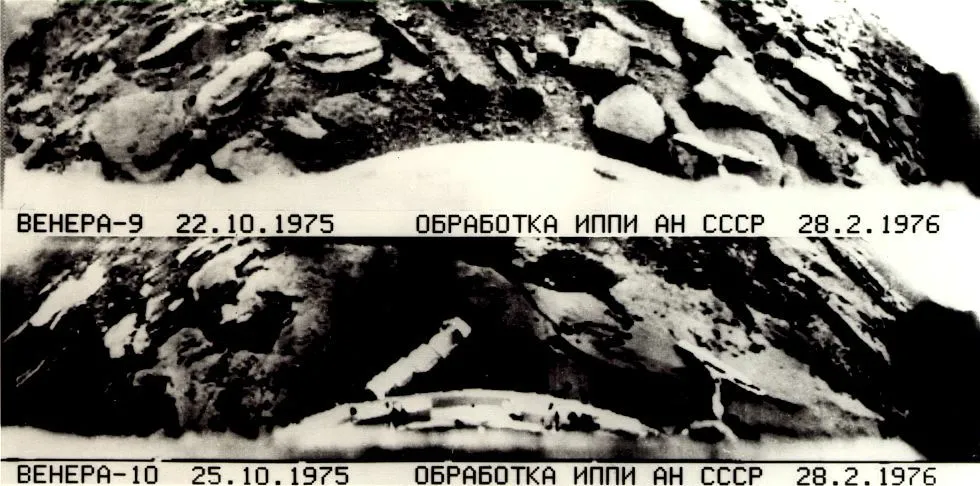
Each video frame contained just 500 rows of 117 individual picture elements (pixels).
The camera’s fluctuating output was converted into digital brightness levels ranging from 0 to 63, then transmitted to the lander’s orbiter mothership for relay to Earth.
Meanwhile, separate instruments recorded surface light conditions, which were a vital part of accurate image processing.
Mariner 4 puts Mars on TV
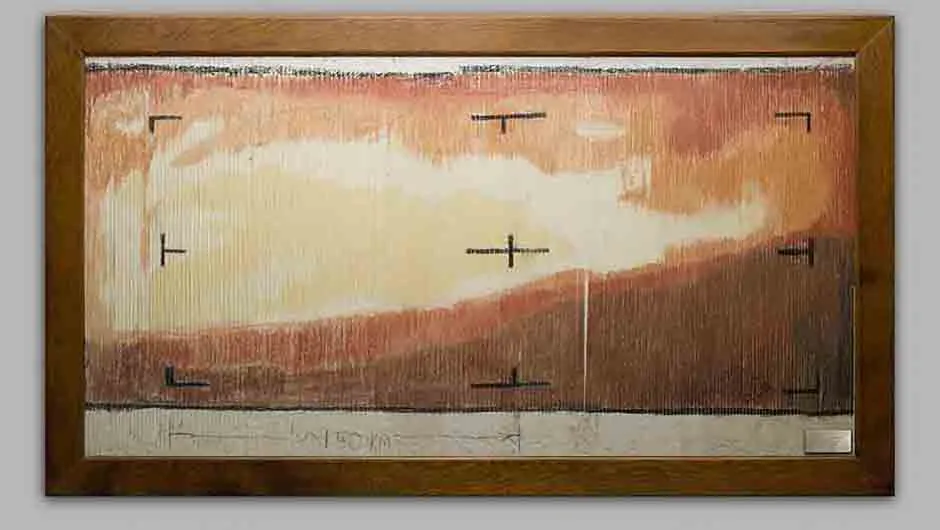
Scroll back 10 years from Venera 9 and we reach the very first detailed images of (as opposed to from) another planet’s surface, returned during Mariner 4’s fly-by of Mars in July 1965.
As one of the earliest missions to carry television technology beyond Earth orbit, Mariner 4 was able to produce images directly in the form of varying electric signals.
Light gathered by the onboard telescope was directed onto a camera tube, forming an image on a metal ‘storage plate’. Brighter areas generated stronger electric charges.
An electron beam then scanned across the plate, discharging it to produce a stream of electrical signals, 200 rows of 200 pixels each.
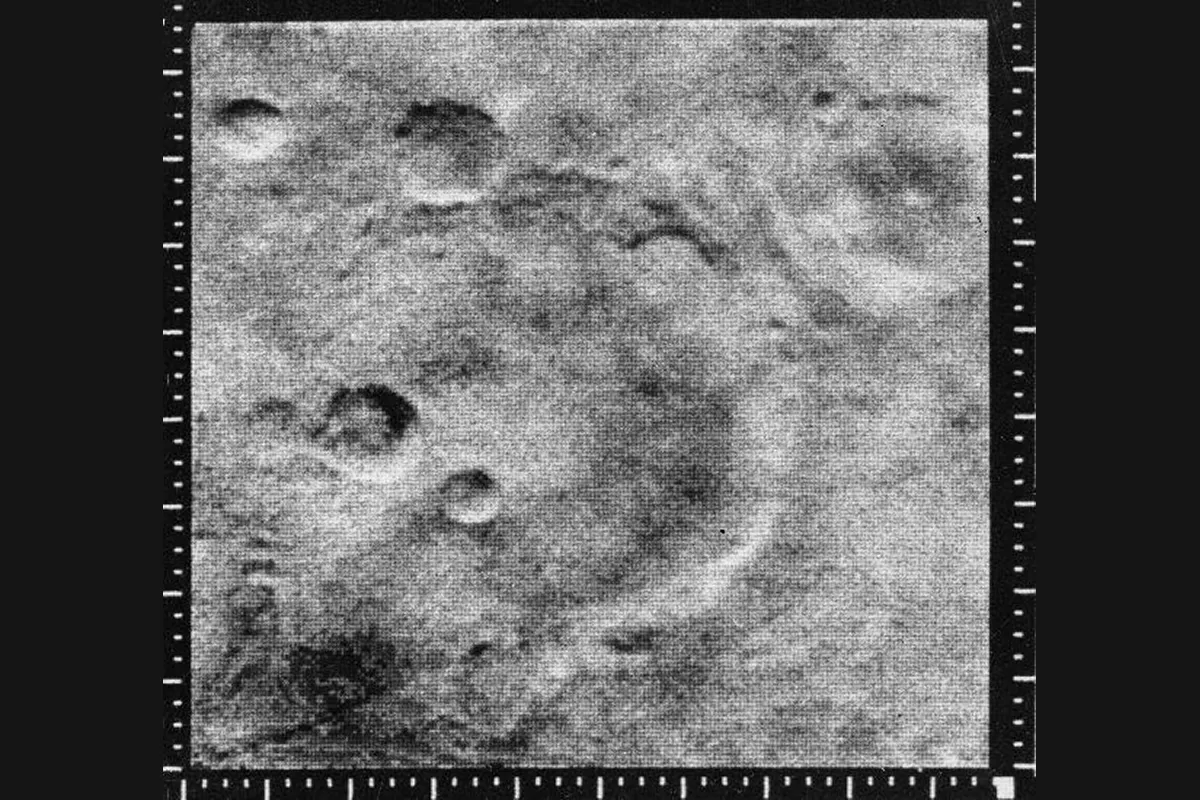
Mariner 4 returned 21 images of Mars in total, but with 40,000 bits of data per image, it took eight hours to receive just one, and even longer for computers to process it.
Impatient to see the results, mission scientists printed out the incoming data one strip at a time and hand-coloured the numbers to match brightness levels, creating the first close-up image of Mars by hand.
Viking 1: stills from the Martian surface
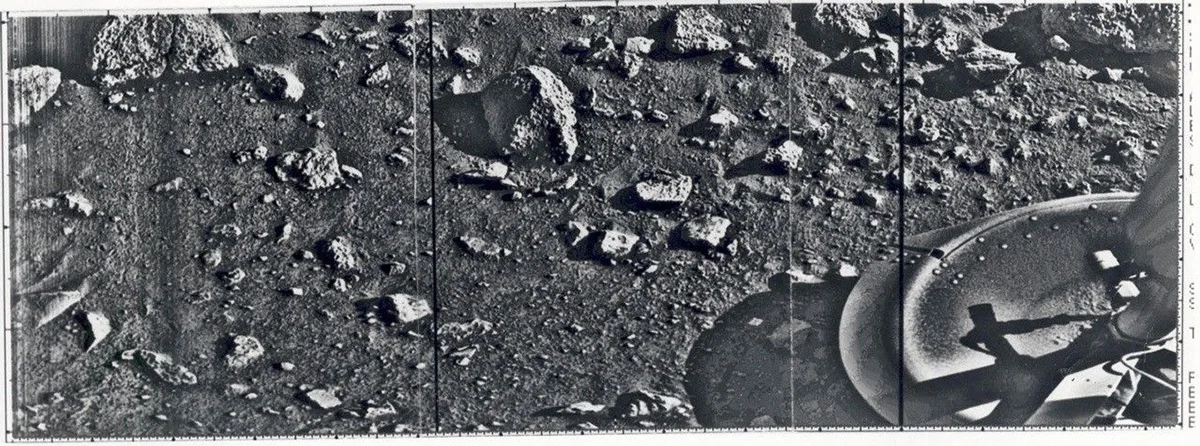
On 20 July 1976, NASA’s Viking 1 lander transmitted the first picture from the surface of the Red Planet.
The lander (and its identical twin, which landed several weeks later) was fitted with two advanced solid-state video cameras.
These used a movable scanning mirror to direct light from a very narrow field of view onto 12 silicon-based diodes.

Six of the diodes were sensitive to wavelengths of visible and infrared light, while others captured monochrome images focused at different distances.
Initial processing failed to correct for light conditions on Mars, resulting in images of a blue sky and pinkish landscape.
It was only after proper calibration that the rusty terrain and pink-hued sky were properly revealed.
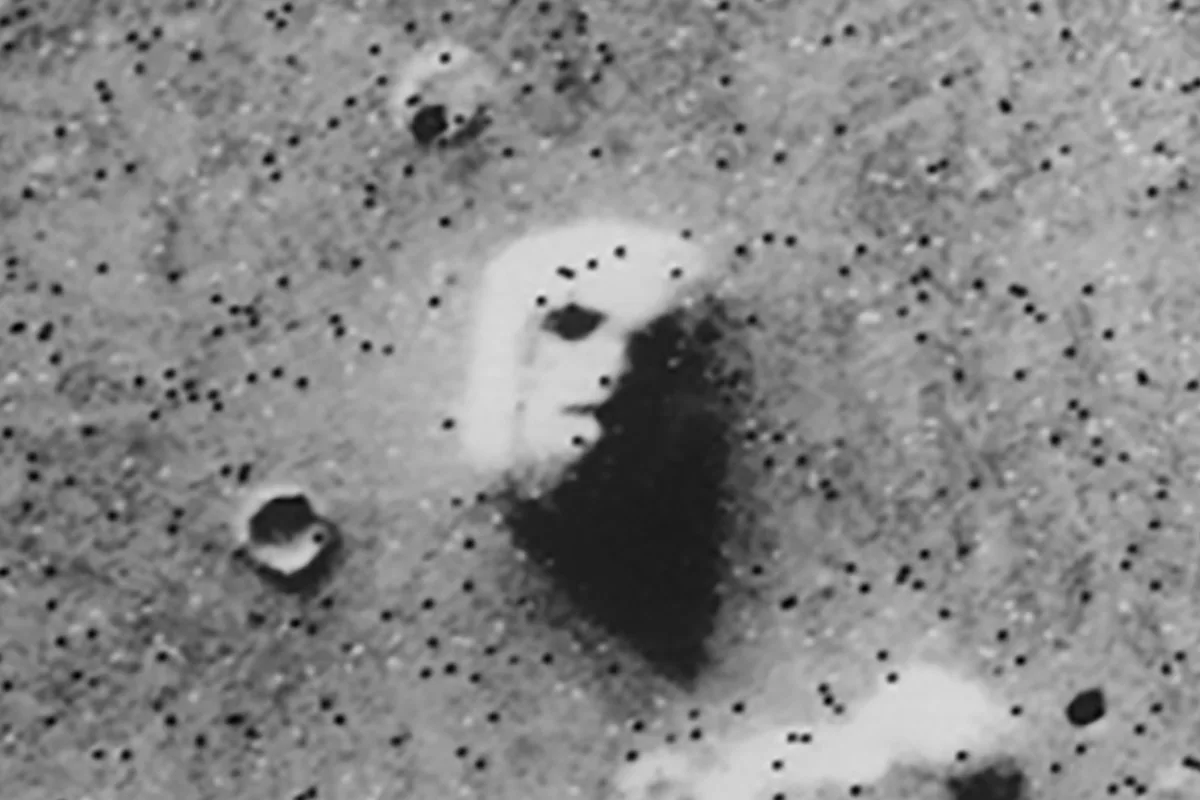
In total, the Viking landers returned some 4,500 images of their surroundings, but this was just the beginning for Martian imaging – more recently, rover missions have carried multiple CCD cameras to collect a wealth of data as they explore the surface.
For example, the Mars Curiosity rover, which landed in 2012, has so far returned more than 700,000 raw images.
Luna 3 – first glimpse of the Moon’s far side
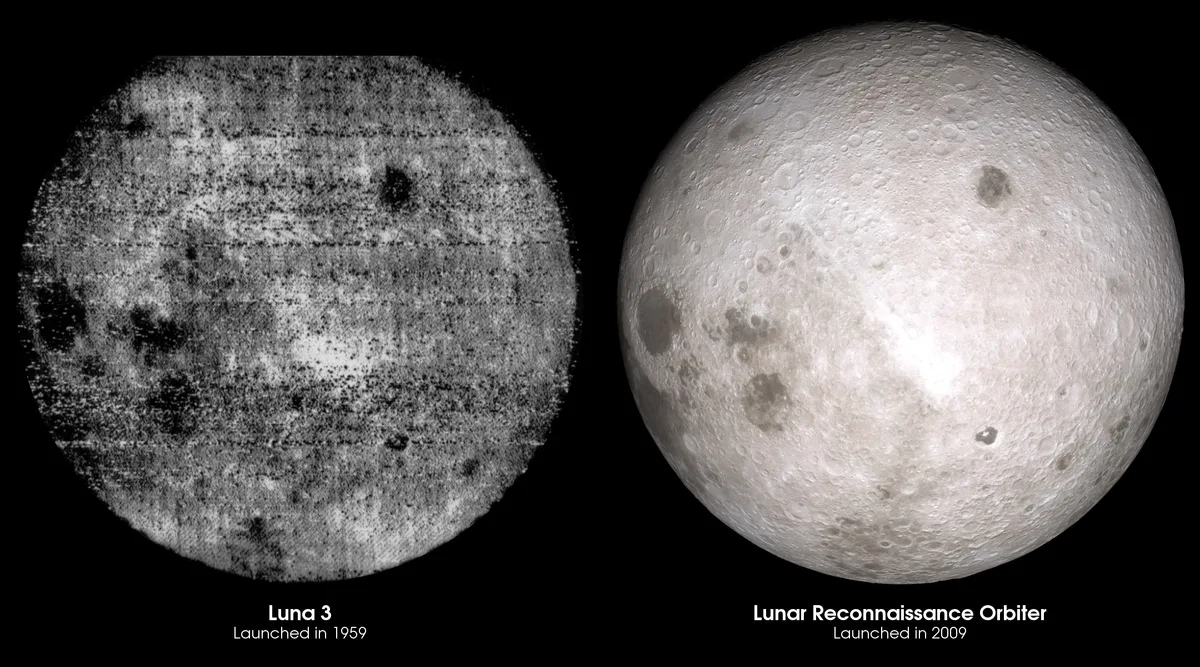
Some 17 years earlier than Viking 1, in October 1959, a far less complex mission delivered the first close-up pictures taken from space of another world: the hidden far side of the Moon.
Even getting the target in the frame was a major challenge for the designers of the Soviet probe Luna 3.
With computing in its infancy, and the precise star-based orientation used by later probes unimaginable, their ingenious solution was to use a light sensor to aim the spacecraft directly towards the Sun.
Because the fly-by was timed for the new Moon (when the far side would be fully illuminated), the Moon therefore lay directly behind the spacecraft and lined up with its rear-facing camera.
Once Luna 3 had passed the Moon, it looked back and captured a series of 29 images.
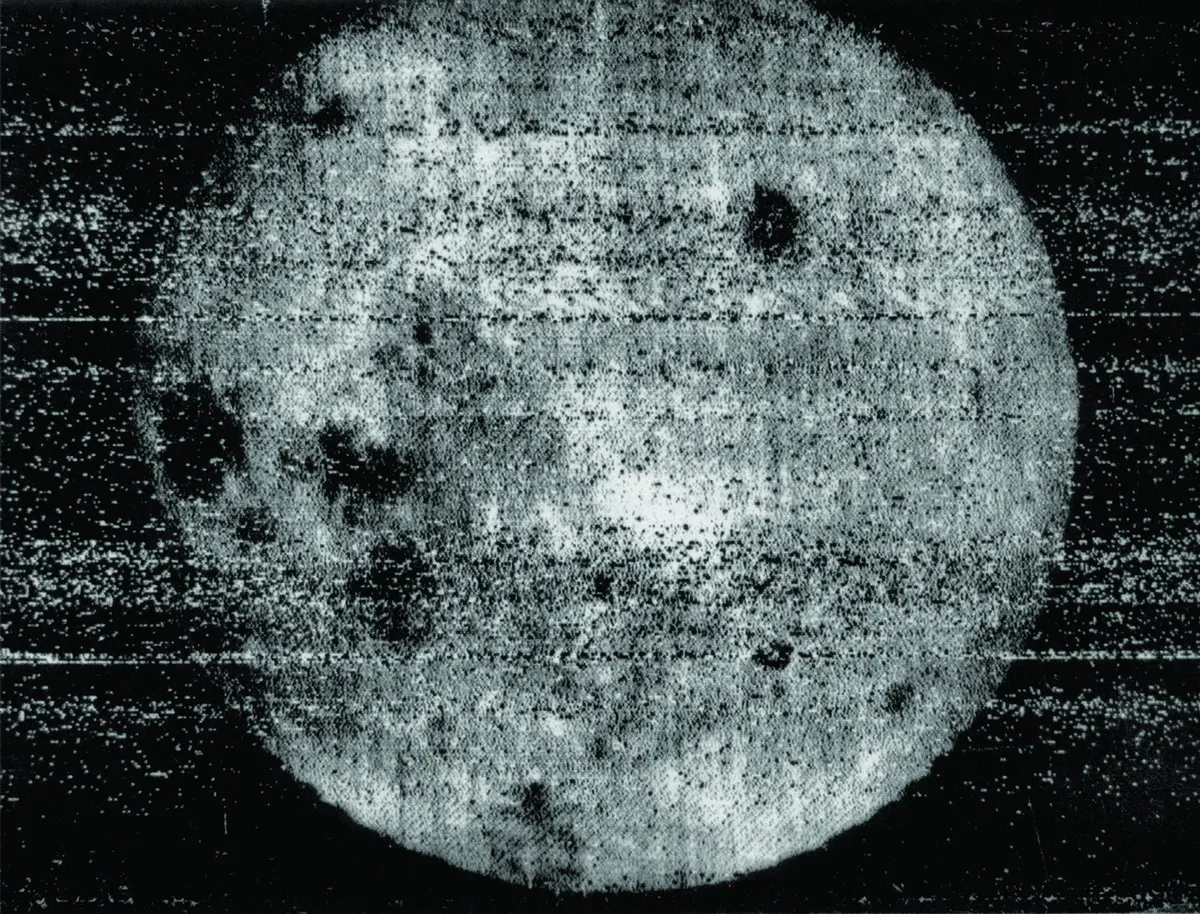
Its camera used traditional photographic film. With no way of returning this to Earth, its images had to be converted to a format suitable for radio signals.
Once the film was chemically developed in an automatic processor, a bright spot of light was shone through the negative, moving back and forth in parallel lines.
An electronic detector captured the transmitted light and generated an electrical representation of the image’s varying brightness for recording onto magnetic tape and later transmission.
Huygens on Titan – touchdown on Saturn’s moon
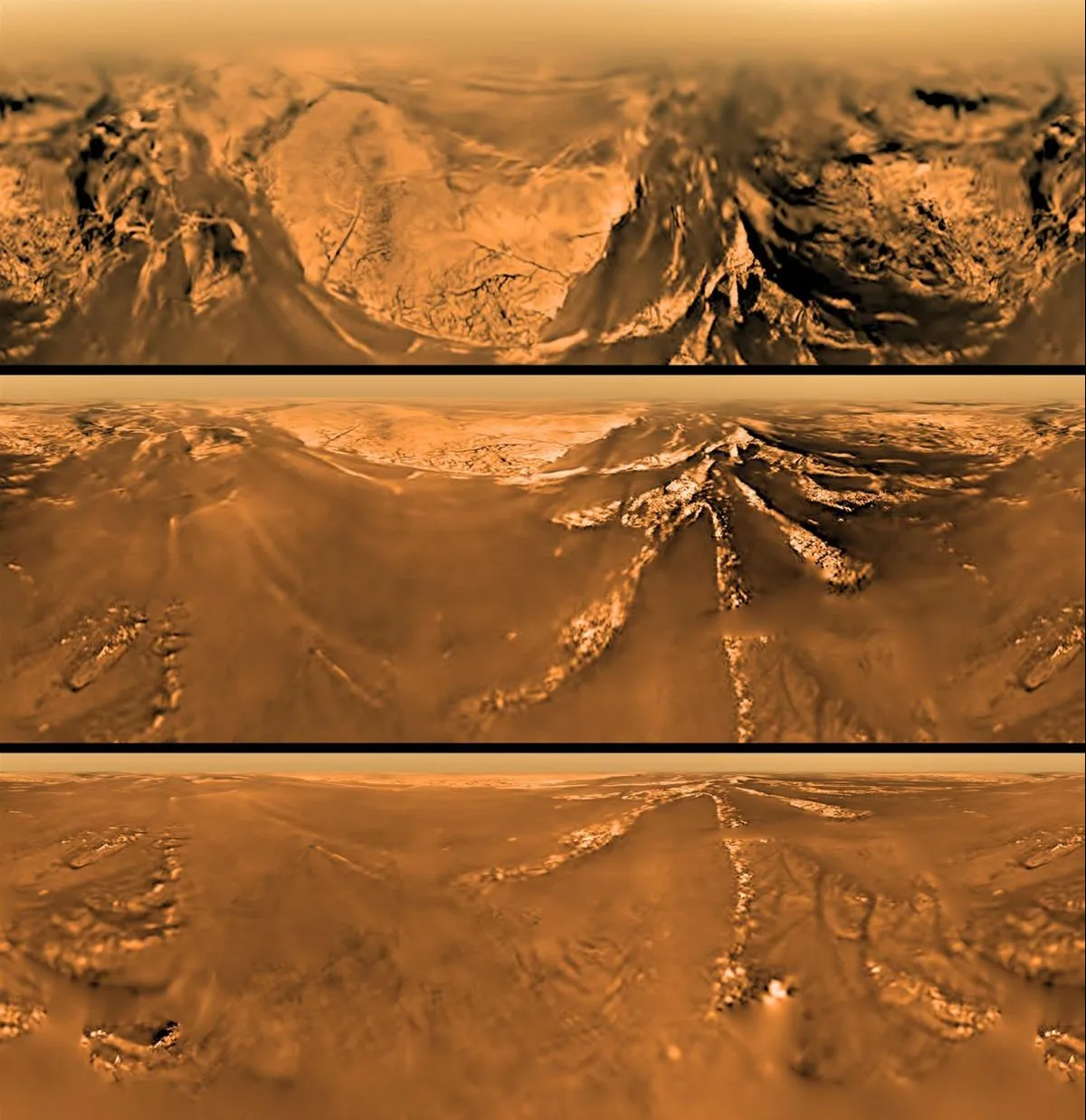
The cloud-covered giant moon Titan was a key target for exploration during planning of NASA’s ambitious Cassini Saturn-orbiter mission.
Yet the European Space Agency (ESA) Huygens lander, which hitched a ride on the orbiter, nearly ended up compromising the mission.
The shield-shaped lander was equipped with a variety of cameras and other instruments, but relied on Cassini as a communications relay.
Months after the mission’s 1997 launch, cautious ESA engineers ran simulations of the descent and realised that, because Huygens would be accelerating away from Cassini, vital radio signals between the two would be scrambled by the stretching of waves known as the Doppler effect.
Since it was now impossible to reprogramme the spacecraft’s computers, the only solution was to alter the flightpaths, delaying the Huygens lander’s release to reduce acceleration between the two craft during the descent.
When Huygens finally parachuted into Titan’s clouds on 14 January 2005, its cameras revealed a strangely Earth-like landscape shaped by liquid hydrocarbons flowing across the surface.
New Horizons – postcard from Pluto
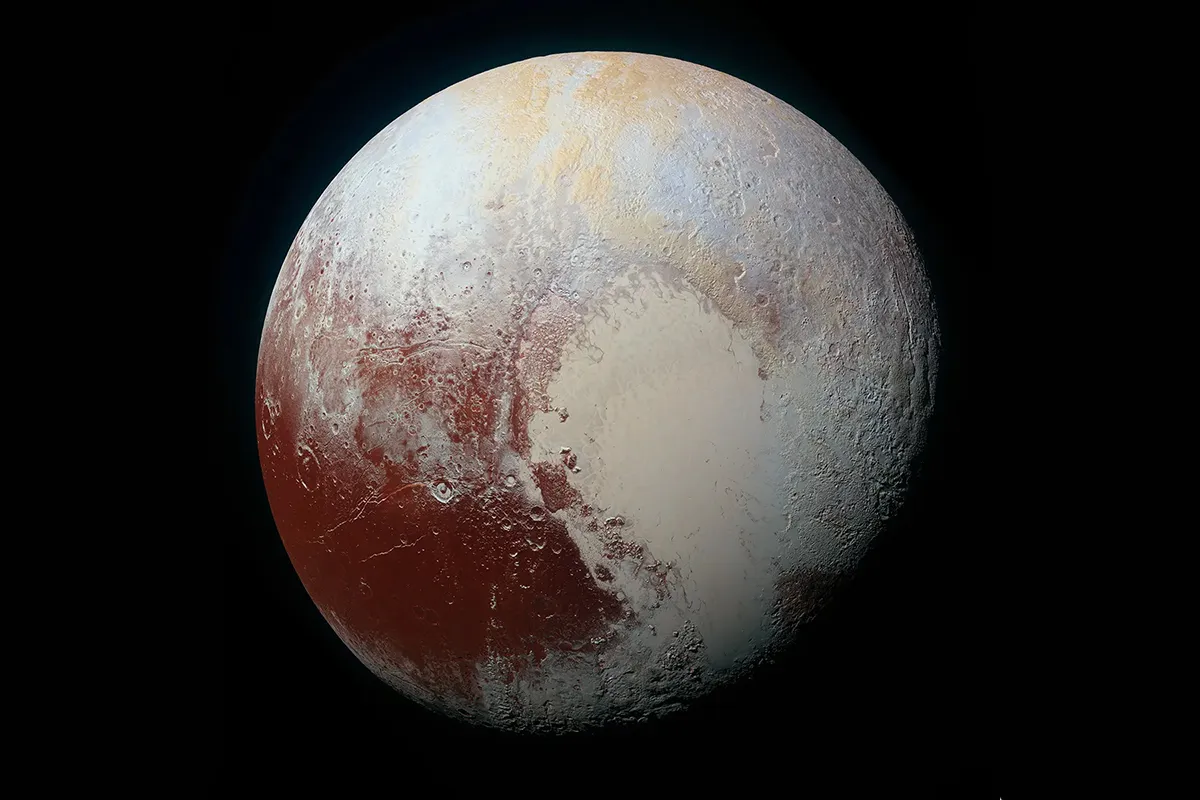
On 14 July 2015, NASA’sNew Horizons mission delivered some of the most ambitious of all space-based imaging to date, returning pictures from a twilight zone beyond Neptune.
At Pluto’s distance, sunlight is 1,000 times weaker than on Earth, so the probe’s cameras were designed to sweep up as much light as possible.
The CCDs used pixels 100 times larger than those in a typical Earth-based device.
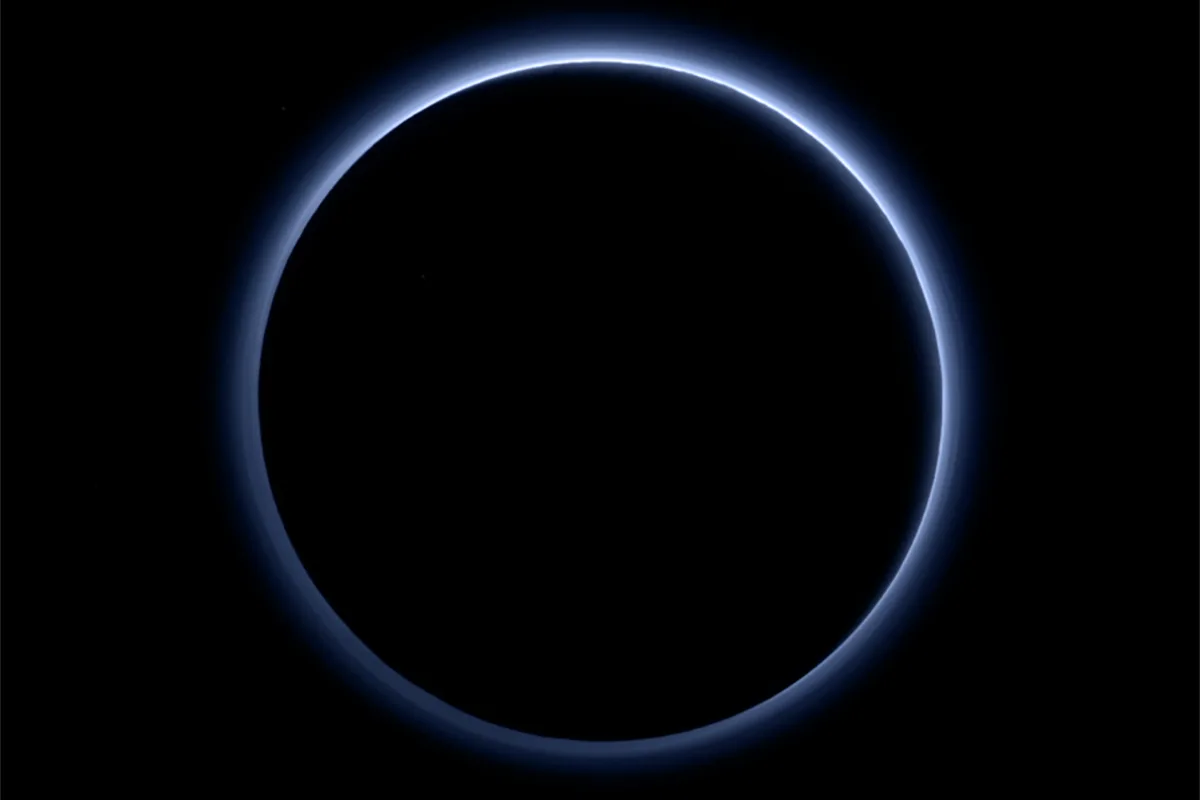
A narrow-angle instrument called LORRI captured highly magnified views on a square array 1,024 pixels wide, while the wide-angle camera Ralph – with a resolution of 5,024 by just 32 pixels – built larger images by scanning the surface continuously throughout the high-speed fly-by.
Pluto was widely expected to be a deep-frozen ice ball with ill-defined patchy features.
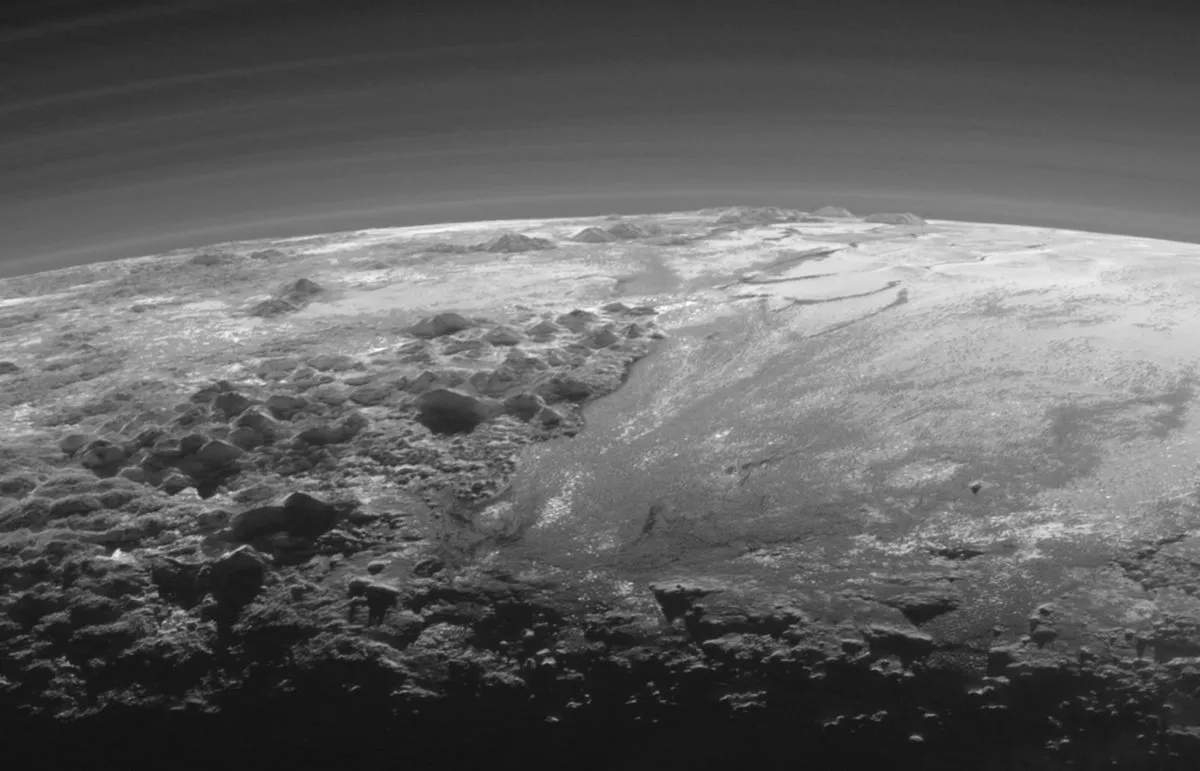
Instead, the cameras revealed a complex world of bright plains shaped by recent icy eruptions, wind-blown dunes and towering mountains of ice.
Such discoveries at the edge of the Solar System are a powerful demonstration of how much our ideas can change when we see our neighbouring worlds up close.
Philae on 67P/Churyumov–Gerasimenko: bouncing onto a comet
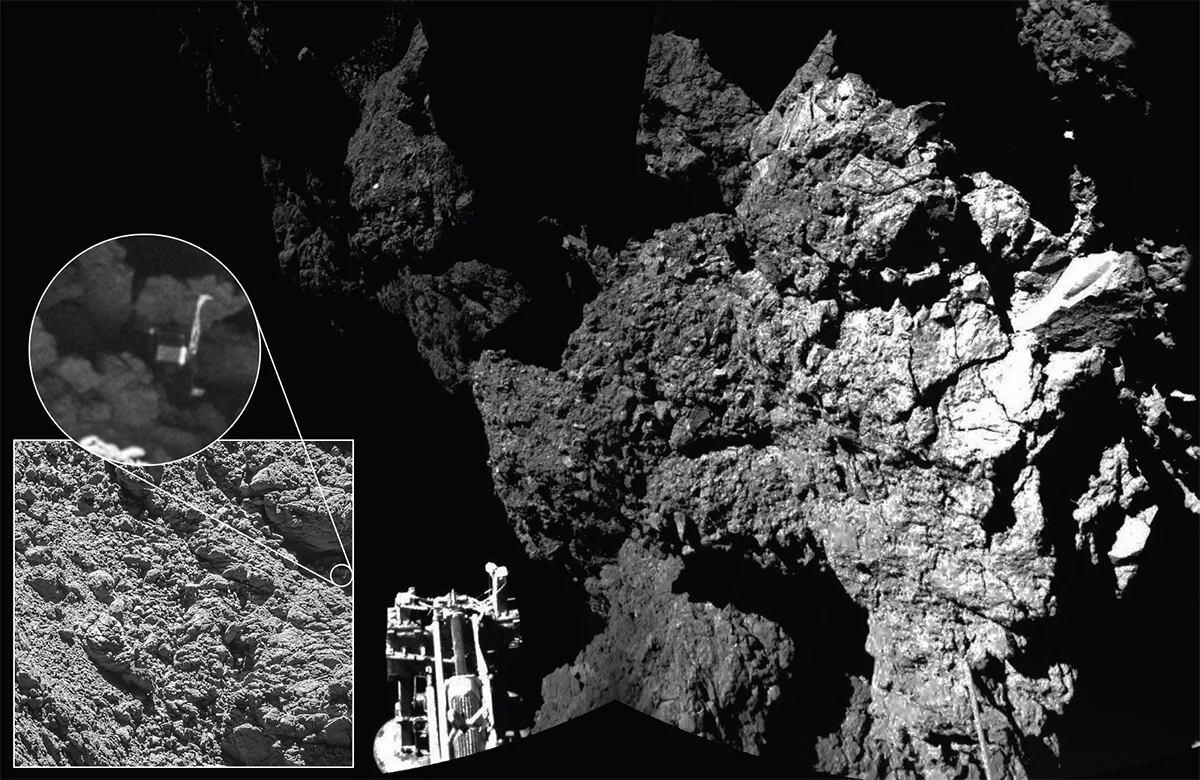
On 12 November 2014, ESA’s Philae lander became the first spacecraft to send back images from the surface of a comet.
It was deployed by Rosetta, which had entered orbit around the comet 67P/Churyumov–Gerasimenko some three months earlier.
A hazardous landing saw the 100kg (220lb) craft bounce twice in the comet’s weak gravity before coming to rest in the shadow of a cliff.
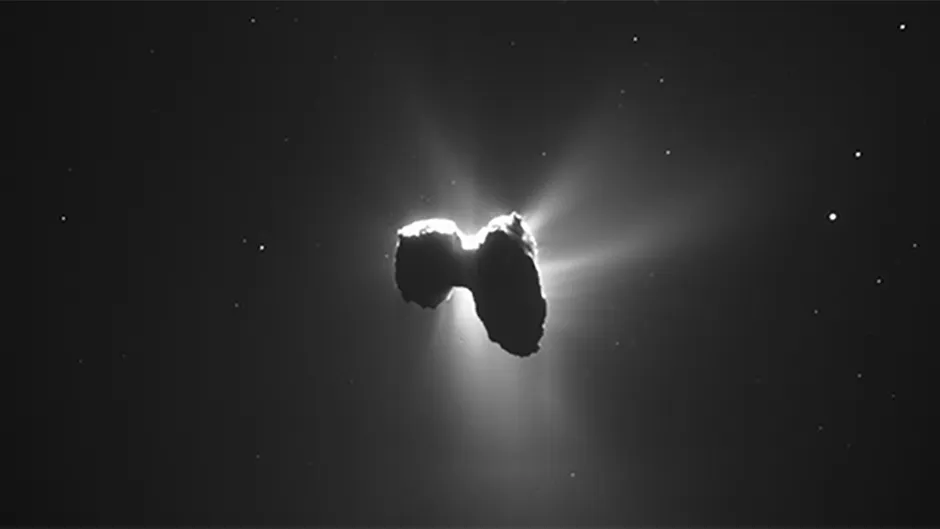
Credit: ESA/Rosetta/NavCam – CC BY-SA IGO 3.0
With limited sunlight reaching its solar panels, its battery ran down after 57 hours – but not before it had sent back images, including a panoramic view of its final landing site.
Philae’s cameras, like those of most modern probes, used modified versions of the same CCD (charge-coupled device) chips found in consumer digital cameras.
Essentially an array of tiny light-sensitive diodes arranged on a silicon wafer, this technology was pioneered in space by another European comet mission, the 1986 Giotto probe which captured over 2,000 images of Halley’s Comet.
What are your favourite images of Solar System planets? Let us know by emailing [email protected]
This article appeared in the October 2025 issue of BBC Sky at Night Magazine
First Appeared on
Source link











